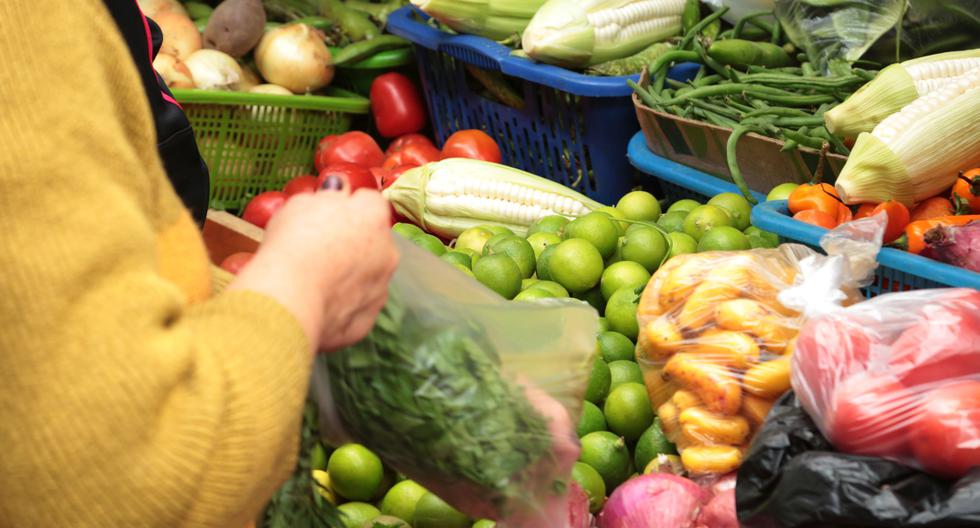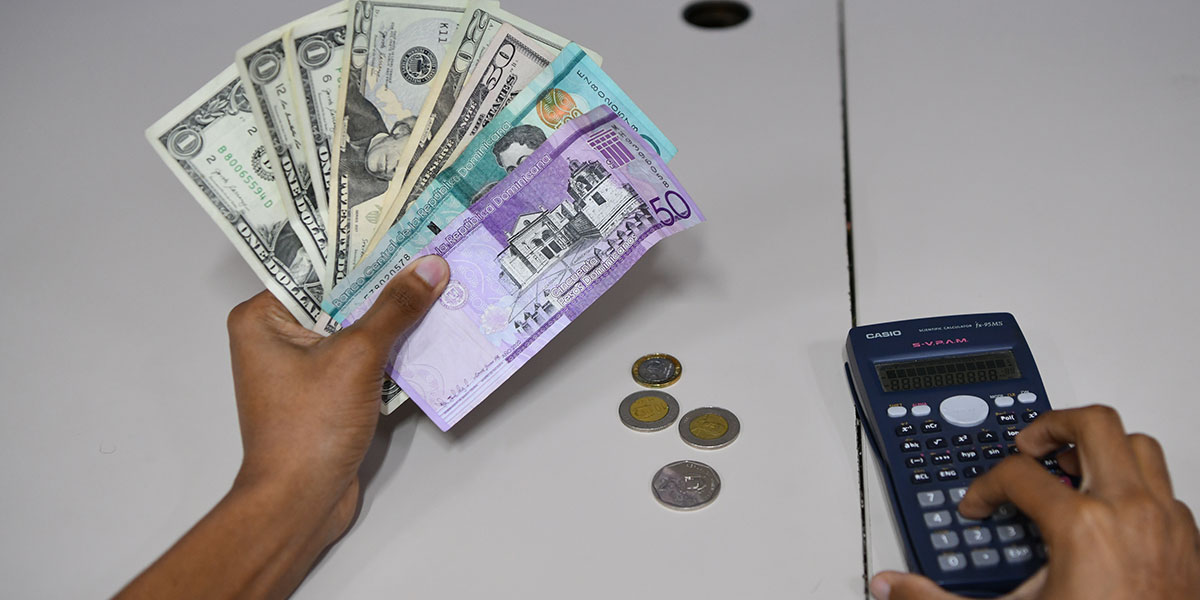By Fabiana Sánchez Di Natale and Isaac Vásquez Tello
The food crisis that Peru is going through looks far from being solved and could worsen in 2023. A report by the Food and Agriculture Organization of the United Nations (FAO) reveals that until 2021 the country registered around 6.2 million people in severe food insecurity. The critical situation continues and may worsen.
The National Society of Industries (SNI) pointed out this year that one in five people suffers from this problem, that is, they ran out of food or went a whole day without eating several times during a year.
This situation is complicated by the lack – and high cost – of fertilizerswhich leads to an increase in food prices, mainly harming the most vulnerable population in the country.
There are products of the basic family basket that, so far this year, have already registered increases that exceed 200%, and for 2023 the outlook does not look better. The president of the National Convention of Peruvian Agro (Conveagro), Clímaco Cárdenasestimated that on average potatoes, rice, corn and onions could become more expensive by 30% in 2023.
The main reason for the increase responds mainly to a higher cost of production and a decrease in planting.
For Clímaco Cárdenas, part of the problem lies in the comings and goings for the purchase of fertilizers by the government, including that the fourth contest has also been observed by the Comptroller.
“Agriculture should be taken as a sector that is in an emergency,” said the representative of Conveagro.
lost campaign
While the Executive insists that the fertilizer for farmers will arrive in December (when it should have arrived in August), there is no confidence that this will happen.
One of those who lost that hope is the president of the Rural Potato Corporation, Freddy Garcíawho assured that, despite the delays, they hoped to have the product in October.
“We do not believe that the fertilizer will arrive; therefore, there will be a potato shortage and prices are going to have to rise or remain high,” he commented.
Farmers of this food, according to García, now pay around S/20,000 for production per hectare, when before the pandemic the amount was between S/8,000 and S/10,000.
Faced with this situation, the representative of the potato producers suggests that the Executive provide solutions, including the provision of guano from the island. In addition, he considered that the Fertiabono would not mean support since it has become “politicized” and is not reaching those who need it.
“That you also buy chicken guano, chicken guano, sheep guano, beef guano, and all the companies that produce it. That this is then sold to the producers at an affordable price because we do not want them to give it to us”, he stressed.
UNSUPPORTED
Another food that is also suffering a price increase, although for now to a lesser extent, is rice. Although there is still no high impact on consumers’ pockets, producers are already affected.
The President of the Association of Rice Producers (APEAR), Hermitanio Rojas Rafaelexplained to Peru21 that its costs have increased, but it rules out a shortage by 2023, stating that there is “a surplus of 800,000 tons.”
“In general, production has not suffered; even we have enough to export it, but if we focus on the coastal part, they do suffer because they use more fertilizer. In addition, the water to irrigate costs more in that area, ”he assured.
One of the expectations of the rice producers is that the Executive will help them manage more accessible and cheaper credits, because, like potato farmers, Fertiabono does not mean support for them.
“We have up-to-date registers, we know who is a farmer and who is not, but officials do little or nothing to help us by giving work to their acquaintances,” he assured.
Agriculture expects real support for production that has not yet arrived.
Data
-The company Direcagro will be in charge of supplying urea to the country with about 44,000 tons. But until the closing of this edition he had not yet signed the contract with the State.
-The offer given by this company is US$580 per ton of urea. That is, US$180 more than that of Primer Chartes, which was disqualified for not guaranteeing the quality of the urea.
Lemon production slows down
Another food with an increase risk is the lemon. The representative of the Peruvian Lemons company, Luis Floresexplained that, on the one hand, they have suffered from high prices and the low supply of fertilizers and, on the other, they have had the effects of low temperatures recorded between June and August, as well as part of September, in Piura.
“These months are very relevant for the flowering of lemon trees; if the temperatures are low, the flowering is less”, he indicated.
All this has led to prices increasing by more than 200%, and by 2023 they are expected to remain high.
“The weather impacted our projected production by 30%. We have taken palliative measures to help lemon seedlings with good nutrition and products that minimize the effect of low temperatures,” said Flores.
Entrepreneurs in this sector also face other problems such as smuggling that enters through Tumbes, and Executive decisions such as changes in labor outsourcing.
For its part, the onion exporter Juan Miguel Ognio He explained that in the case of his sector they have not only been hit by the prices of fertilizers, but also by the increase in the prices of pesticides, new labor regulations and less labor supply.
Entrepreneurs who are dedicated to export are not free from inconveniences either, as they are affected by the increase in freight for the transportation of food.
Although there is production to supply the local market, Ognio stated that the increase in production costs is what is causing the price of food to increase.








